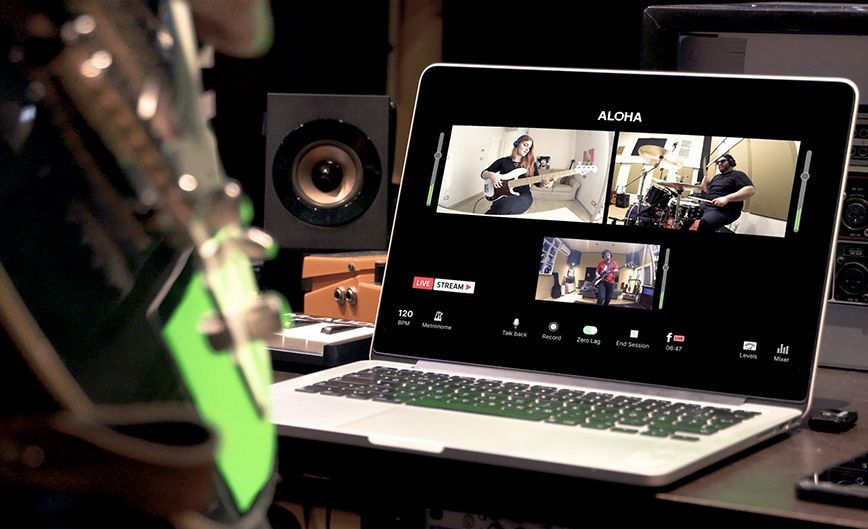
The pandemic has been difficult for all of us, but has meant an extra challenge for those who need to sit close together in a group to be able to work. An example of such a group is musicians, but there a research group from KTH may have found a solution that makes teleworking possible .
The problem the researchers have solved is about delay. When a signal travels over the network, it takes a while for it to reach its destination. In today’s network, that delay is so great that it is impossible for musicians to play together in real time over the internet.
The researchers’ idea is based partly on a network technology with a very low delay, and partly on a new operating system that has been specially developed to have as low a delay as possible. The result is a solution that is so fast that musicians can rehearse, jam, hold trainings and give concerts live online – just as if they were sitting in the same room.
Behind the solution is a research group led by Carlo Fischione, professor at the Department of Network and Systems Engineering at KTH. The group has now also formed the company Elk to commercialize the solution as a service under the name Aloha. Within a year or two, Elk expects to have a finished product that everyone can buy.
Although the solution is advanced, it does not require expensive hardware. The prototype that Elk currently uses for demonstrations consists of an inexpensive Raspberry Pi computer. It is sufficient to run the operating system and has ports for instruments, microphones and networks.
In tests, the technology has worked well over several hundred kilometers. But if the musicians are on different sides of an ocean, the speed of light becomes a problem. Here, the researchers are now investigating whether AI can help so that even then it will be possible to jam.
– Who knows, maybe we can overcome the speed of light if AI can predict the musician’s musical expression in a few hundred milliseconds and in real time. In the future, musicians in New York and in Stockholm may be able to play together at the same time without experiencing any delay, says Carlo Fischione.
Read the scientific article on the technology here.




